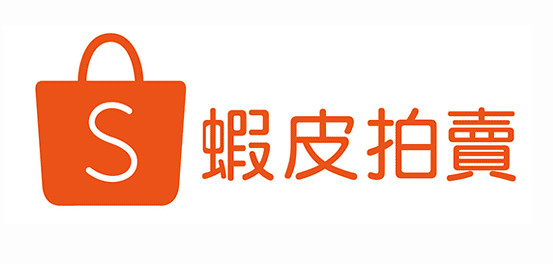Setting up OS X Server has never been easier. Neither has upgrading OS X Server. In this article, we’ll look at upgrading a Mac from OS X 10.8 running Server 2 to OS X 10.9 (Mavericks) running Server 3.
The first thing you should do is clone your system. The second thing you should do is make sure you have a good backup. The third thing you should do is make sure you can swap back to the clone should you need to do so and that your data will remain functional on the backup. Once you’re sure that you have a fallback plan, let’s get started by downloading OS X Mavericks from the App Store. I would also purchase the Server app first while Mavericks is downloading. Once downloaded, you’ll see Install OS X Mavericks sitting in LaunchPad.
Open the app and click Continue (provided of course that you are ready to restart the computer and install OS X Mavericks).
At the licensing agreement, click Agree (or don’t and there will be no Mavericks for you).
At the pop-up click Agree again, unless you’ve changed your mind about the license agreement in the past couple of seconds.
At the Install screen, click Install and the computer will reboot and do some installation fun stuff.
Once done, download the latest version of the Server app, if you haven’t already.
If prompted that the Server app was replaced, click OK. Then open the app.
At the Update screen, click Continue (assuming this is the server you’re upgrading).
At the Licensing screen, click Agree.
When prompted for an administrator account, provide the username and password of an administrator and click OK.
When the app opens, verify DNS, etc and then check that configured services still operate as intended. If you end up deciding that you no longer need OS X Server, just delete the app and the contents of /Library/Server and you’re good. Handle with Care.
File Sharing
• File sharing for Mac, PC, and iPad
• Standards-based SMB2, AFP, and WebDAV file services
• Flexible file permissions
• Spotlight searching
Profile Manager
• Mobile device management for Mac and iOS devices
• Simplified management and deployment of iOS 7 and OS X Mavericks
• Distribution of institution licensed Apps and Books purchased from the Volume Purchase Program
• Web-based administration console
• Self-service user portal for clearing passcodes, remote lock and wipe
Caching Server
• Speed up the download of software distributed by Apple
• Locally cache Apps, Books, iTunes U, Software Updates and OS X Recovery images
• Fault tolerant design with multi-server cache replication and load balancing
• No client configuration required
Xcode Server
• Use Xcode 5 to create continuous integration bots that build, analyze, and test on any Mac running OS X Server
• Configure bots to integrate at a specific time, or continually as code is committed to the repository
• Automate testing of OS X and iOS apps, executing on multiple connected iOS devices
• Host your own Git repositories on OS X Server, or connect to remote Git or Subversion hosts
• Remotely access detailed integration summaries and nightly builds using the Web interface
Time Machine
• Provide a backup destination for Mac computers on your network
• Monitor which computers have backed up, when they last backed up and size of backup
• Set limits on the amount of Time Machine storage a user can use.
Calendar Server
• Share calendars, schedule meetings and events, and book conference rooms
• Standards-based CalDAV server for access from Mac, iPad, iPhone and PC
• View availability with free/busy lookups
• Email invitations and push notifications
Contacts Server
• Synchronize contacts with Mac, iPad and iPhone
• Allow multiple users to access and update contacts
• Standards-based CardDAV server
Wiki Server
• Point-and-click page edit to change formatting, insert images, movies and attachments
• Access controls
• Tags and comments
• Revision history
• Document sharing
• Quick Look previews
Mail Server
• Standards-based SMTP, IMAP and POP server
• Push notifications
• SSL encryption
• Adaptive junk mail filtering
• Virus detection and quarantine
Virtual Private Network
• Remote access for your network services
• Encrypted VPN connections for Mac, iPad, iPhone and PC
Xsan
• Block-level SAN file sharing with concurrent read/write access
• Xsan volume hosting and configuration
• Volume management, storage pooling, stripping, and volume mapping
• Real-time monitoring, graphs, and event notifications
• Metadata controller failover and file system journaling
Server App
• Local and remote management
• Users and group settings
• View real-time graphs of server usage
• Receive alerts on network changes, certificate expiration, storage usage, and more.
Other great OS X Server features
• NetInstall to automate OS X installations and upgrades across your network
• Web server for hosting multiple websites
• Messages server to encrypt instant messaging within your organization
You can purchase OS X Server from the App Store for $19.99.
from:http://krypted.com/mac-os-x/upgrade-to-os-x-server-3-on-os-x-10-9-mavericks/

